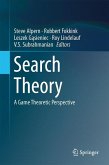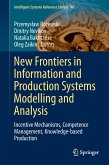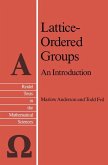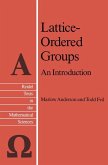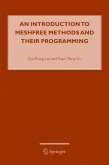Reprinted by popular demand, this monograph presents a comprehensive study of positive operators between Riesz spaces and Banach lattices. Since the first publication of this book, (Academic Press, 1985), the subject of positive operators and Riesz spaces has found many applications in several disciplines, including social sciences and engineering. It is well known that many linear operators between Banach spaces arising in classical analysis are in fact positive operators. Therefore we study here positive operators in the setting of Riesz spaces and Banach lattices and from both the algebraic and topological points of view. Special emphasis is given to the compactness properties of positive operators and their relations to the order structures of the spaces the operators are acting upon. In order to make the book as self-sufficient as possible, some basic results from the theory of Riesz spaces and Banach lattices are included with proofs where necessary. However, familiarity with the elementary concepts of real analysis and functional analysis is assumed. The book is divided into five chapters, each consisting of nineteen sections all ending with exercises designed to supplement and illustrate the material.
Hinweis: Dieser Artikel kann nur an eine deutsche Lieferadresse ausgeliefert werden.
Hinweis: Dieser Artikel kann nur an eine deutsche Lieferadresse ausgeliefert werden.



